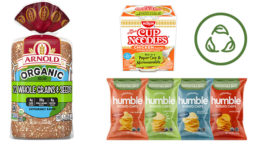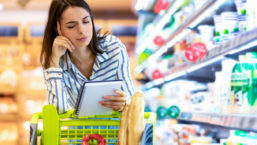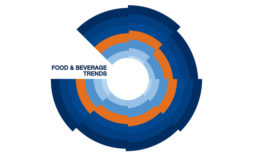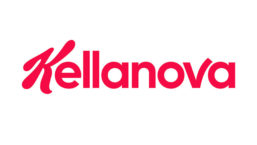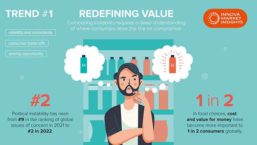Home » Keywords: » shopping behavior
Items Tagged with 'shopping behavior'
ARTICLES
STATE OF THE INDUSTRY
Focused trend topics include plant-based products, natural and organic products, sugar reduction, added protein, immunity, and sustainability
Read More
Five Forces Shaping Consumer Needs, Behavior
More consumers weigh sustainable packaging appeal with on-shelf purchases
February 13, 2024
Consumers Confront Concerns Surrounding Processed Foods
Latest consumer research reveals confusion surrounding definitions and healthfulness
January 30, 2024
Top 5 Retail Predictions For 2024
Identifying opportunities to connect with consumers, and drive growth amidst marketplace changes
January 2, 2024
How Omni-Commerce Defines Today's Shopper Journey
Kellanova executive discusses the critical nature of omni-commerce in the modern marketplace
December 1, 2023
What are Consumers Curious About?
Global flavors, simplicity rank highest in report from Curious Plot
August 23, 2023
2023 Consumer Products Industry Outlook
New report identifies key challenges in the year ahead as well as how companies pursuing profitable growth are differentiating themselves for continued success
January 25, 2023
Gen Z, Younger Millennials Drive Major Shifts in How Consumers Earn and Spend
Combined worldwide spending on independently created content, items purchased via peer-to-peer commerce, and ridesharing services will grow to a total of $294 billion by 2026
January 11, 2023
Trend Predictions Provide New Insights to Consumer Thinking
Brands need to be flexible in action and open in spirit to connect with consumers, while also taking full advantage of rapidly emerging technological opportunities
December 26, 2022
Top 2022 Trends in Private Label
IRI report explores private brand recovery amid inflation and economic uncertainty
December 7, 2022


